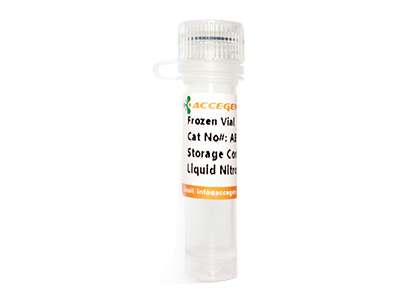Featured Products
Explore Products
- In-Stock Tumor Cell Lines
- Human Orbital Fibroblasts
- Human Microglia
- Human Pulmonary Alveolar Epithelial Cells
- Human Colonic Fibroblasts
- Human Type II Alveolar Epithelial Cells
- Human Valvular Interstitial Cells
- Human Thyroid Epithelial Cells
- C57BL/6 Mouse Dermal Fibroblasts
- Human Alveolar Macrophages
- Human Dermal Fibroblasts, Adult
- Human Lung Fibroblasts, Adult
- Human Retinal Muller Cells
- Human Articular Chondrocytes
- Human Retinal Pigment Epithelial Cells
- Human Pancreatic Islets of Langerhans Cells
- Human Kidney Podocyte Cells
- Human Renal Proximal Tubule Cells



 Hep-G2 is a human hepatoblastoma cell line derived from the liver tumor of a 15-year-old Caucasian male patient. These epithelial-like cells exhibit adherent growth properties and have a doubling time ranging from 48-72 hours under standard DMEM culture conditions. The karyotype is hyperdiploid, with a modal chromosome number of 55 and structural abnormalities including chromosome 1/21 translocations. Hep-G2 retains hepatocyte-specific functions, such as the expression of albumin, alpha-fetoprotein, and key hepatic metabolic enzymes like 3-hydroxy-3-methylglutaryl-CoA reductase. The cell line shows a TERT promoter mutation (C228T) commonly found in hepatocellular carcinomas. in contrast to its HBV-expressing subclone Hep-G2/2.2.15, the parental Hep-G2 line demonstrates low tumorigenicity in immunocompromised mice.
Hep-G2 is a human hepatoblastoma cell line derived from the liver tumor of a 15-year-old Caucasian male patient. These epithelial-like cells exhibit adherent growth properties and have a doubling time ranging from 48-72 hours under standard DMEM culture conditions. The karyotype is hyperdiploid, with a modal chromosome number of 55 and structural abnormalities including chromosome 1/21 translocations. Hep-G2 retains hepatocyte-specific functions, such as the expression of albumin, alpha-fetoprotein, and key hepatic metabolic enzymes like 3-hydroxy-3-methylglutaryl-CoA reductase. The cell line shows a TERT promoter mutation (C228T) commonly found in hepatocellular carcinomas. in contrast to its HBV-expressing subclone Hep-G2/2.2.15, the parental Hep-G2 line demonstrates low tumorigenicity in immunocompromised mice. 
